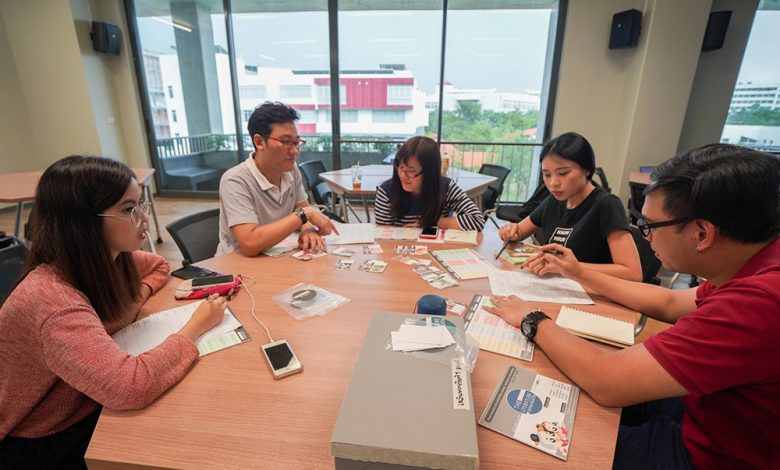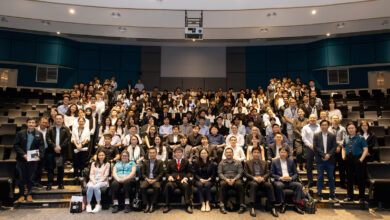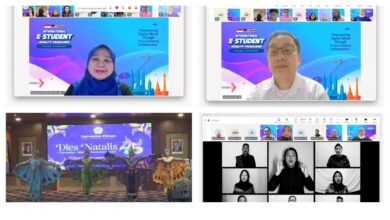The Bachelor of Arts Program in Learning Sciences of Faculty of Learning Sciences and Education, Thammasat University

The Bachelor of Arts Program in Learning Sciences, Thammasat University, is designed to incubate learning innovators for social change. Multidisciplinary learning and experiential learning are two pedagogical cornerstones in which the program is founded. To navigate today’s complex society, learning is to be made meaningful by exposure to real-life issues, which require students to actively participate in reflecting, conceptualizing, and offering viable solutions. In doing so, it is important to implement a holistic approach to education through multiple lenses, provided by our multidisciplinary faculty members with diverse areas of expertise.
The Faculty of Learning Sciences and Education’s initiatives involve three domains of teaching and learning. First, active learning and community-based learning are principal learning strategies. Throughout the program, students are exposed to various learning experiences, both inside and outside the classroom. After the completion of foundation courses in human learning and social equity in the first year, community-based learning is implemented in the second year. Students work closely with multiple stakeholders in a community to devise and deliver a social innovation project to tackle issues and challenges faced by the community. In the third and fourth year, students are encouraged to contemplate their professional pathways. Concentrated and personalized coursework, internship, and learning portfolio offer students an opportunity to explore their strengths and aspirations and prepare for career choices. Upon graduation, graduates receive an individualized competency-based transcript which reports their level of competency in six areas, which are knowledge-based expertise, critical and innovative mind, systems thinking, social conscience, intrapersonal skills, and interpersonal skills. This transcript is used by graduates to apply for jobs and further their education.
Second, teaching is delivered as a team, so called team teaching, and lecturers presume the role of coaches and mentors. Collaboration through a multidisciplinary approach is our instructional strategy. Therefore, having a pair or a group of lecturers working together in a course is a standard practice. Lecturers of different areas of expertise manage learning as a team, such as planning lessons collaboratively, leading a discussion on an issue together, and reviewing their teaching weekly. In addition, coaching and mentorship play a major part in strengthening active learning and community-based learning. Teaching at our faculty does not only involve lecturing, but also asking challenging questions, offering space for reflective dialogue, and giving constructive feedback after a presentation or a project. This is to create trust and a safe space for learning and exploration.
Last, we build a learning environment that emphasizes a sense of community through the design of physical space and fostering of interpersonal relationships. Our building had been designed based on the psychology of space, in which classrooms and recreational areas are open for human interactions. Our four-storey building is surrounded by green spaces with a communal courtyard. Most classrooms are furnished with movable chairs and tables for flexible seating arrangement. Four classrooms are round-shaped and equipped with sitting cushions to enhance a sense of belonging. Electronic equipment and e-learning platforms are provided in every classroom to cater for online or hybrid learning. Most importantly, we prioritize positive, empowering interactions between students and teachers. Hierarchical relationship is minimized, and a collaborative structure is promoted through active learning, team working, and coaching. We envision that students take ownership of their learning. Even though their journey is individual, the experience is collaborative and collective.




